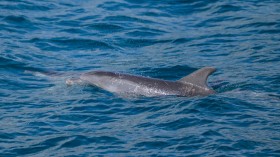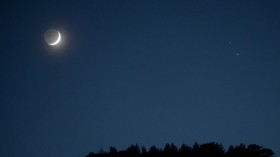When you think of stars, you likely think of incredibly hot balls of blazing fire and writhing plasma. However, experts have long known that for a new star to be born, a stellar nursery actually needs some cool conditions. Now, astronomers have observed how a wave of hot gas can extinguish star formation entirely, exposing new secrets of the Universe.
This stunning discovery illustrates a new dimension to our understanding of galaxy formation, and was recently published in the Astrophysical Journal.
"We have explored the fantastic potential of big data archives from NASA's Hubble, Spitzer and ESA's Herschel observatory to pull together a picture of an elliptical galaxy that has undergone huge changes in its recent past due to violent collisions with its neighbors," Philip Appleton, a project scientist for the NASA Herschel Science Center , explained in a recent statement.
Appleton was the lead author of the study, where he and his colleagues observed evidence that the galaxy NGC 3226 (50 million light years away) recently devoured a galaxy that would have been found between it and companion galaxy NGC 3227.
They observed how the remnants of this meal, long streamers of material that end in a warm cloud of hydrogen gas and dust, are being slowly pulled in by the supermassive black hole at NGC 3226's center.
However, these leftovers may not be the healthiest snack for the galaxy.
"We are discovering that gas does not simply funnel down into the center of a galaxy and feed the supermassive black hole known to be lurking there," Appleton said. "Rather, it gets hung up in a warm disk, shutting down star formation and probably frustrating the black hole's growth by being too turbulent at this point in time."
The researchers discovered that the snacking galaxy has a low rate of star formation, uncharacteristic for a galaxy of its age and size. They suspect that the temperature of the remnant gas may be "quenching" the processes of start birth, interfering with precursor star cloud conditions.
However, as the drifting gas cools Appleton suspects the galaxy will see a second wind, with the gas adding to precursors rather than disrupting them.
For more great nature science stories and general news, please visit our sister site, Headlines and Global News (HNGN).
© 2024 NatureWorldNews.com All rights reserved. Do not reproduce without permission.





